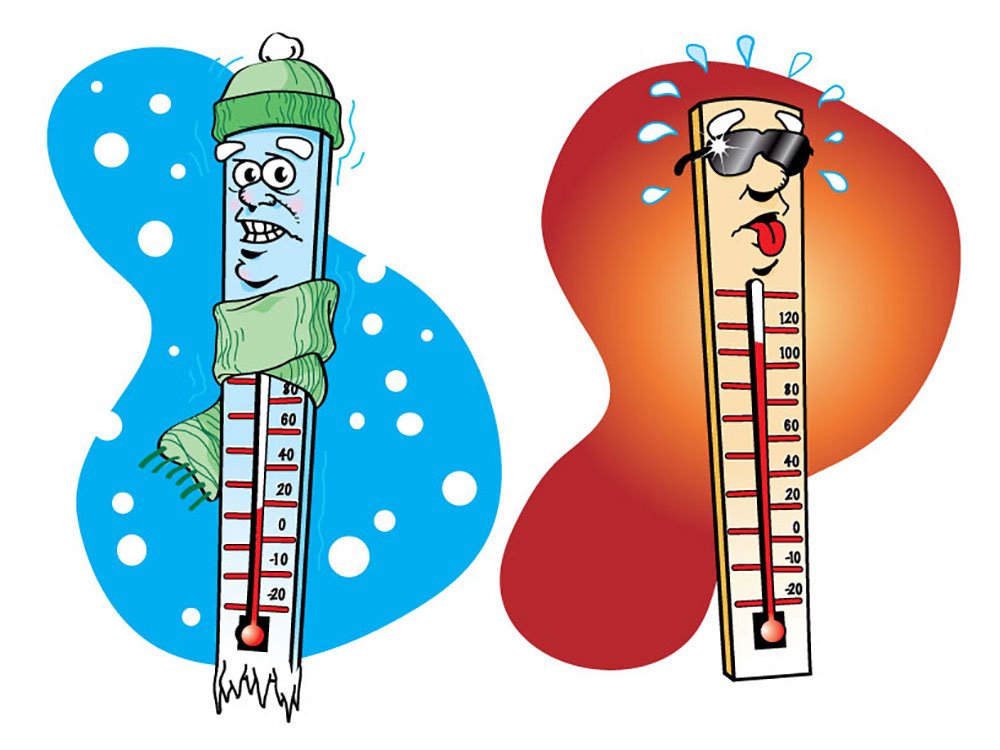Extreme temperatures, whether scorching heatwaves or bitter cold snaps, pose significant challenges to the reliability and performance of various systems, particularly heating, ventilation, and air conditioning (HVAC) systems. The vulnerability of these systems to failure during such conditions can result in discomfort, inconvenience, and potentially hazardous situations for occupants. Therefore, understanding how to minimize the risk of system failure during extreme temperatures is crucial for ensuring the comfort, safety, and well-being of individuals and communities.

Understanding the Impact of Extreme Temperatures
Extreme temperatures, whether excessively hot or cold, exert considerable stress on HVAC systems and other critical infrastructure. During heatwaves, HVAC systems are pushed to their limits as they strive to maintain comfortable indoor temperatures, leading to increased strain on components such as compressors, fans, and refrigerant lines. Conversely, during cold snaps, heating systems must work harder to overcome the chill, placing additional demands on boilers, furnaces, and heat exchangers.
Factors Contributing to System Failure
Several factors contribute to the heightened risk of system failure during extreme temperatures:
- Age and Maintenance: Older HVAC systems and those with inadequate maintenance are more susceptible to breakdowns, as wear and tear gradually compromise their efficiency and reliability.
- Overload: Extreme temperatures can overload HVAC systems beyond their capacity, causing components to overheat, motors to burn out, and circuits to fail.
- Lack of Preparation: Failure to prepare HVAC systems for impending extreme temperatures, such as neglecting routine maintenance, failing to replace worn-out parts, or overlooking system inspections, can increase the likelihood of unexpected breakdowns.
- Environmental Factors: External factors such as power outages, voltage fluctuations, and debris accumulation (e.g., leaves, snow) can impede the operation of HVAC systems, leading to malfunctions and system failures.
Strategies to Minimize the Risk of System Failure
Minimizing the risk of system failure during extreme temperatures requires a proactive and comprehensive approach that addresses both preventive measures and contingency plans. Here are some strategies to consider:
- Regular Maintenance: Implement a routine maintenance schedule for HVAC systems, including inspections, cleaning, lubrication, and component replacement as needed. Regular maintenance helps identify potential issues early on and ensures that systems operate efficiently and reliably during extreme temperatures.
- Upgrading Equipment: Consider upgrading to newer, more energy-efficient HVAC equipment that is better equipped to handle the demands of extreme temperatures. Modern systems feature advanced technologies and improved durability, reducing the risk of failure and enhancing performance.
- Temperature Monitoring: Install temperature monitoring systems and sensors to track indoor and outdoor temperatures in real-time. Monitoring allows for early detection of temperature fluctuations and provides valuable data for adjusting HVAC settings and preempting potential issues.
- Insulation and Weatherization: Ensure that buildings are properly insulated and weatherized to minimize heat loss in winter and heat gain in summer. Proper insulation helps maintain stable indoor temperatures, reducing the workload on HVAC systems and mitigating the risk of failure.
- Emergency Preparedness: Develop and implement emergency preparedness plans that outline procedures for responding to system failures during extreme temperatures. This includes establishing communication protocols, identifying backup power sources, and coordinating with HVAC service providers for timely repairs and replacements.
- Remote Monitoring and Control: Invest in remote monitoring and control systems that allow for centralized management of HVAC systems from anywhere, enabling proactive troubleshooting, diagnostics, and adjustments to optimize performance and prevent failures.
- Staff Training: Provide training and education to facility managers, maintenance personnel, and building occupants on proper HVAC operation, maintenance best practices, and emergency protocols. Knowledgeable staff can identify warning signs of system failure and take appropriate action to minimize downtime and disruptions.
Minimizing the risk of HVAC system failure during extreme temperatures is essential for maintaining the comfort, safety, and efficiency of buildings and facilities. By implementing proactive maintenance practices, upgrading equipment, monitoring temperatures, enhancing insulation, preparing for emergencies, and investing in remote monitoring and staff training, organizations can effectively mitigate the impact of extreme temperatures on HVAC systems and ensure uninterrupted operation year-round. By prioritizing system reliability and resilience, we can create environments that are comfortable, resilient, and responsive to the challenges of extreme weather events.
Through these measures, individuals, businesses, and communities can minimize the risk of system failure during extreme temperatures and create environments that are comfortable, safe, and resilient to the challenges of a changing climate.
